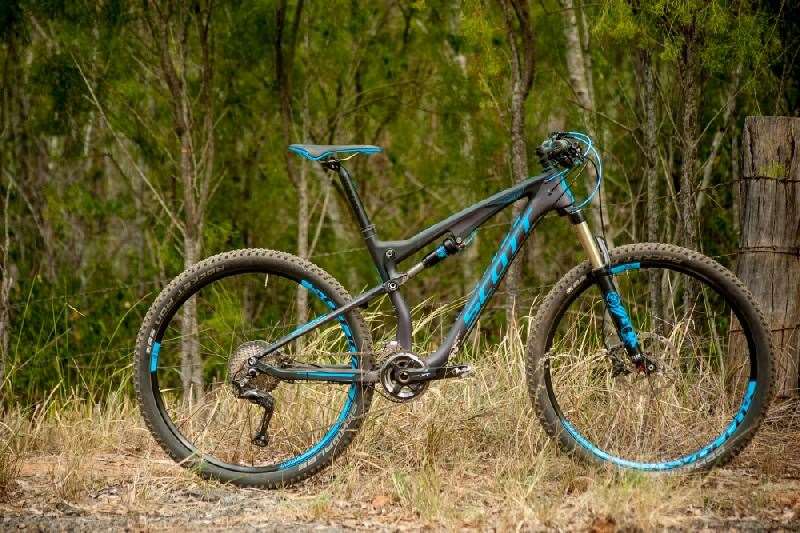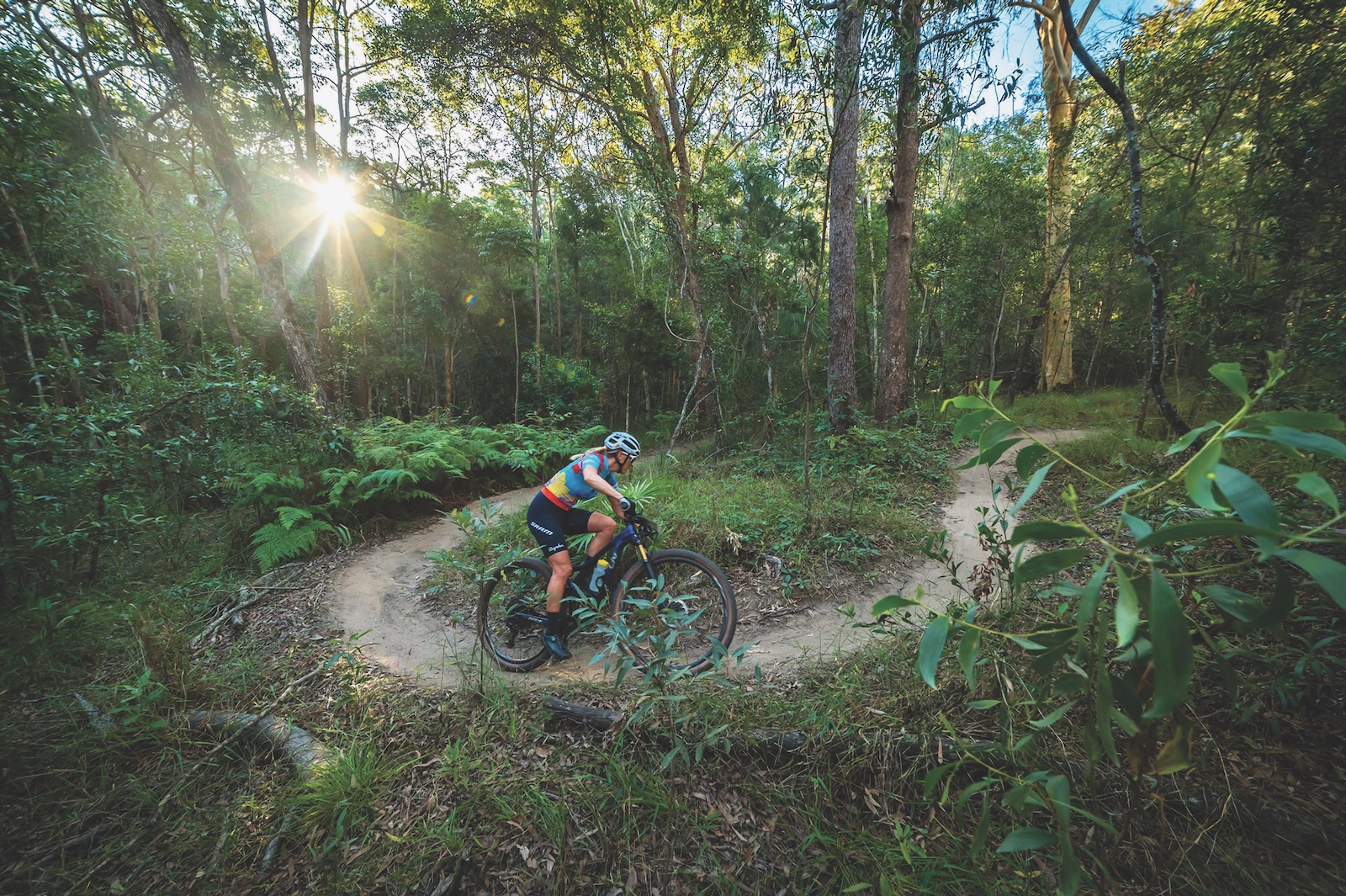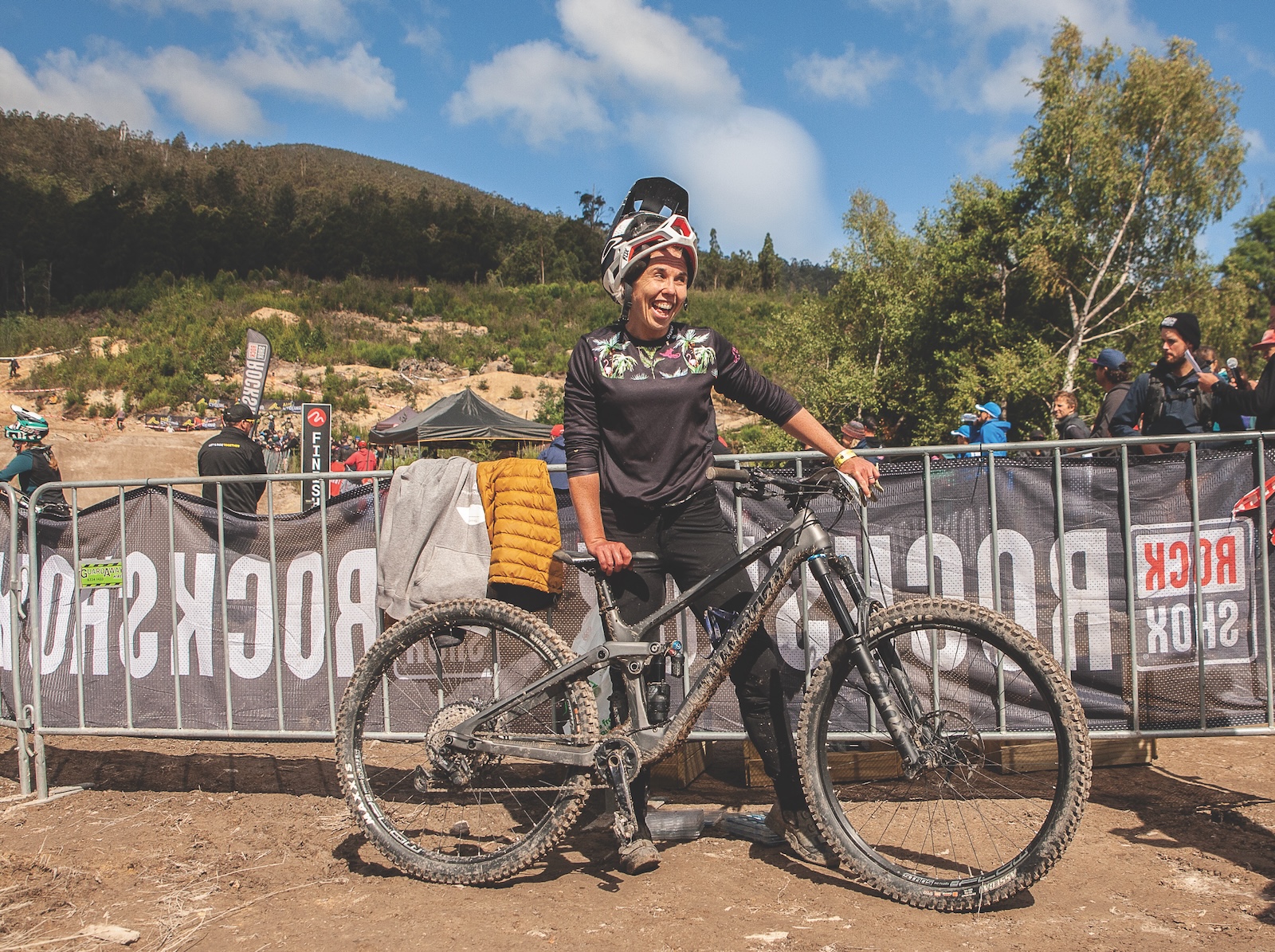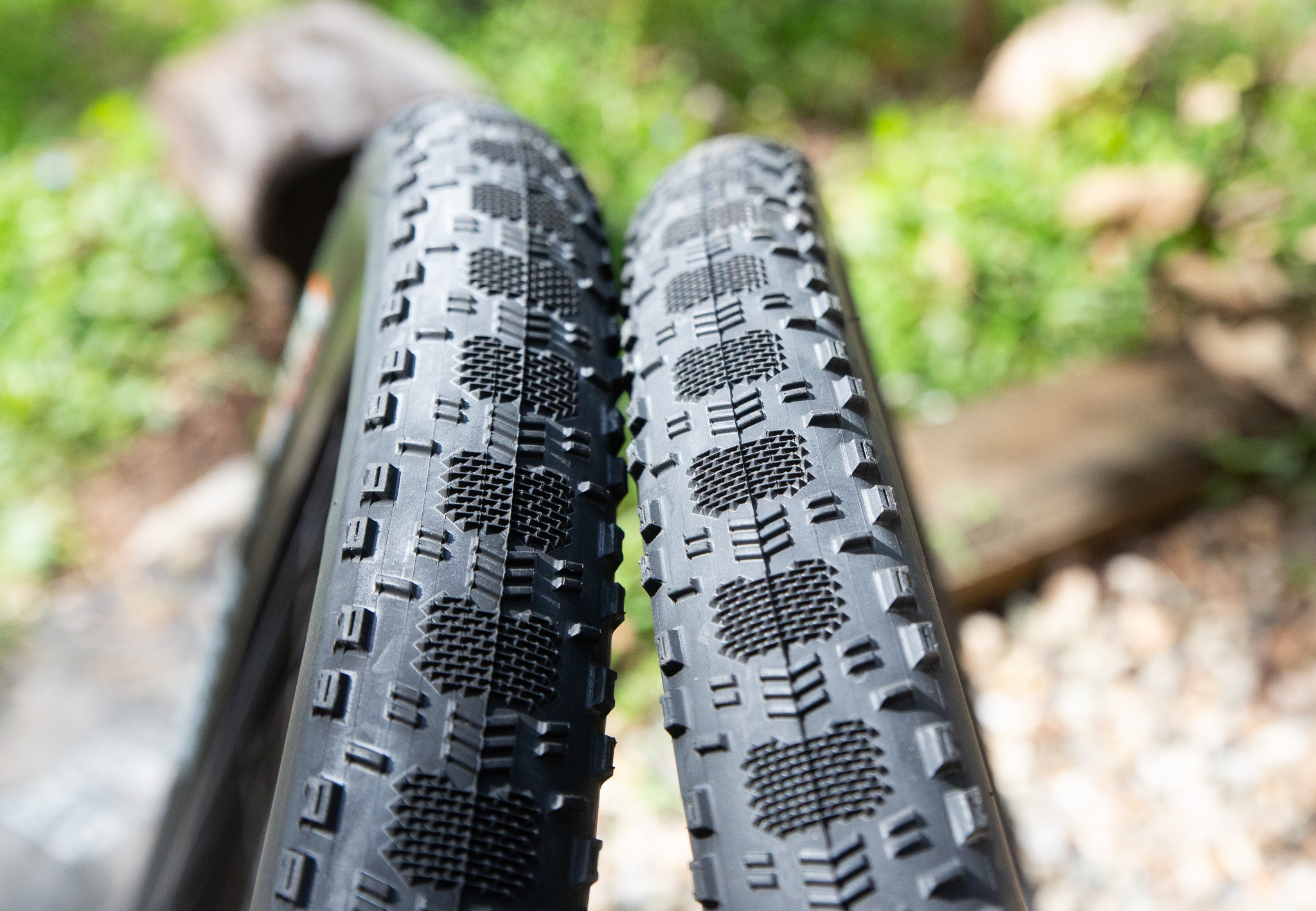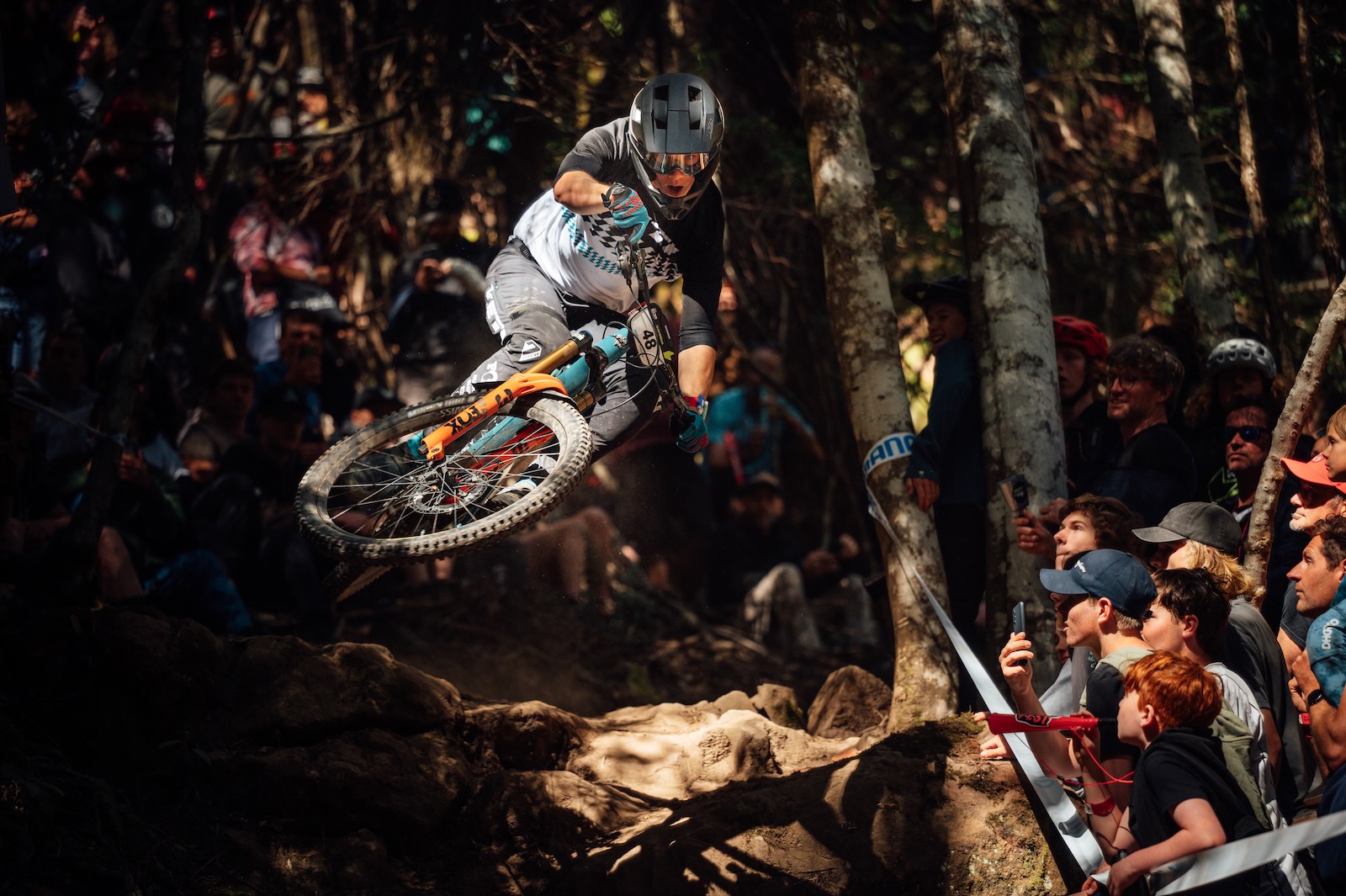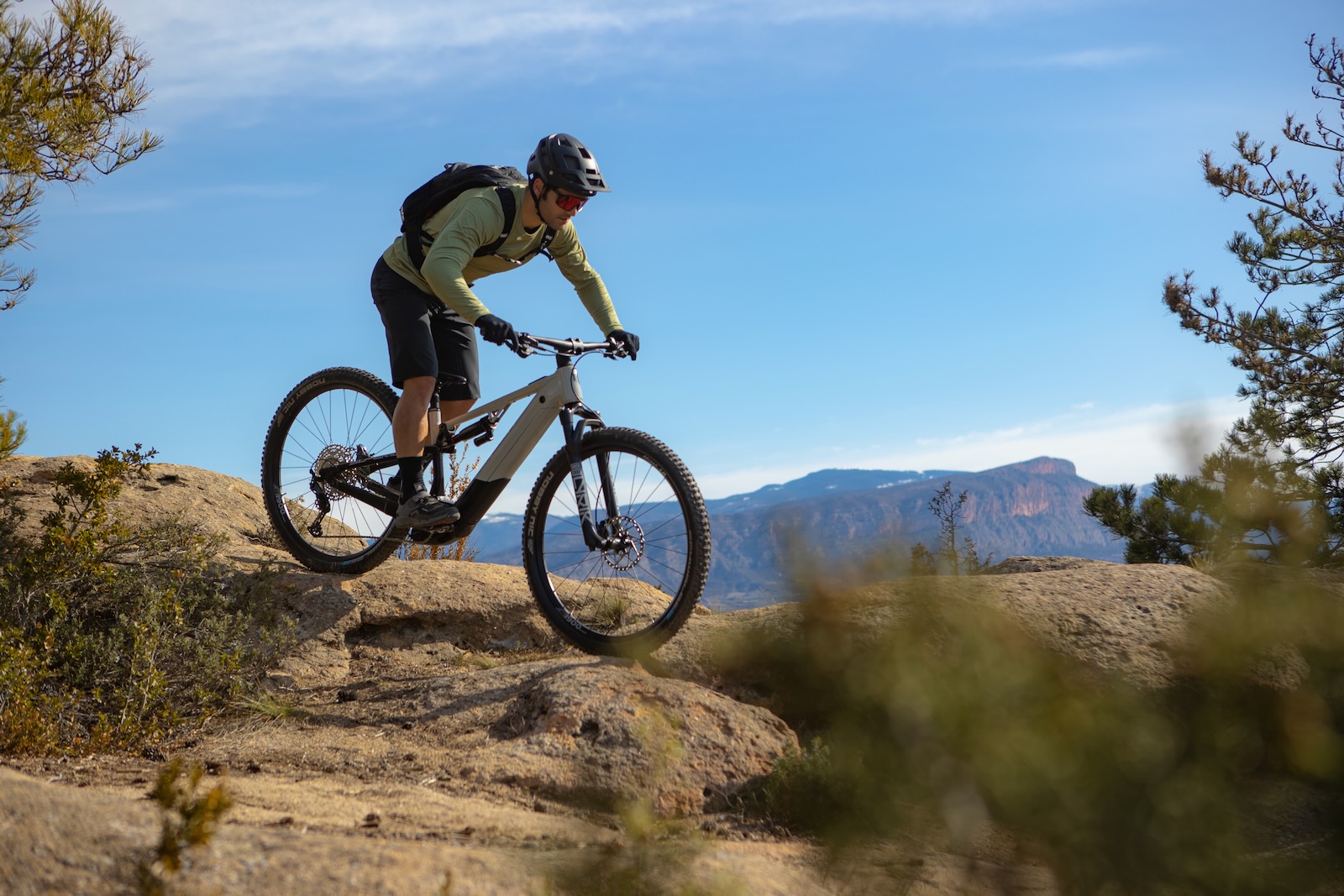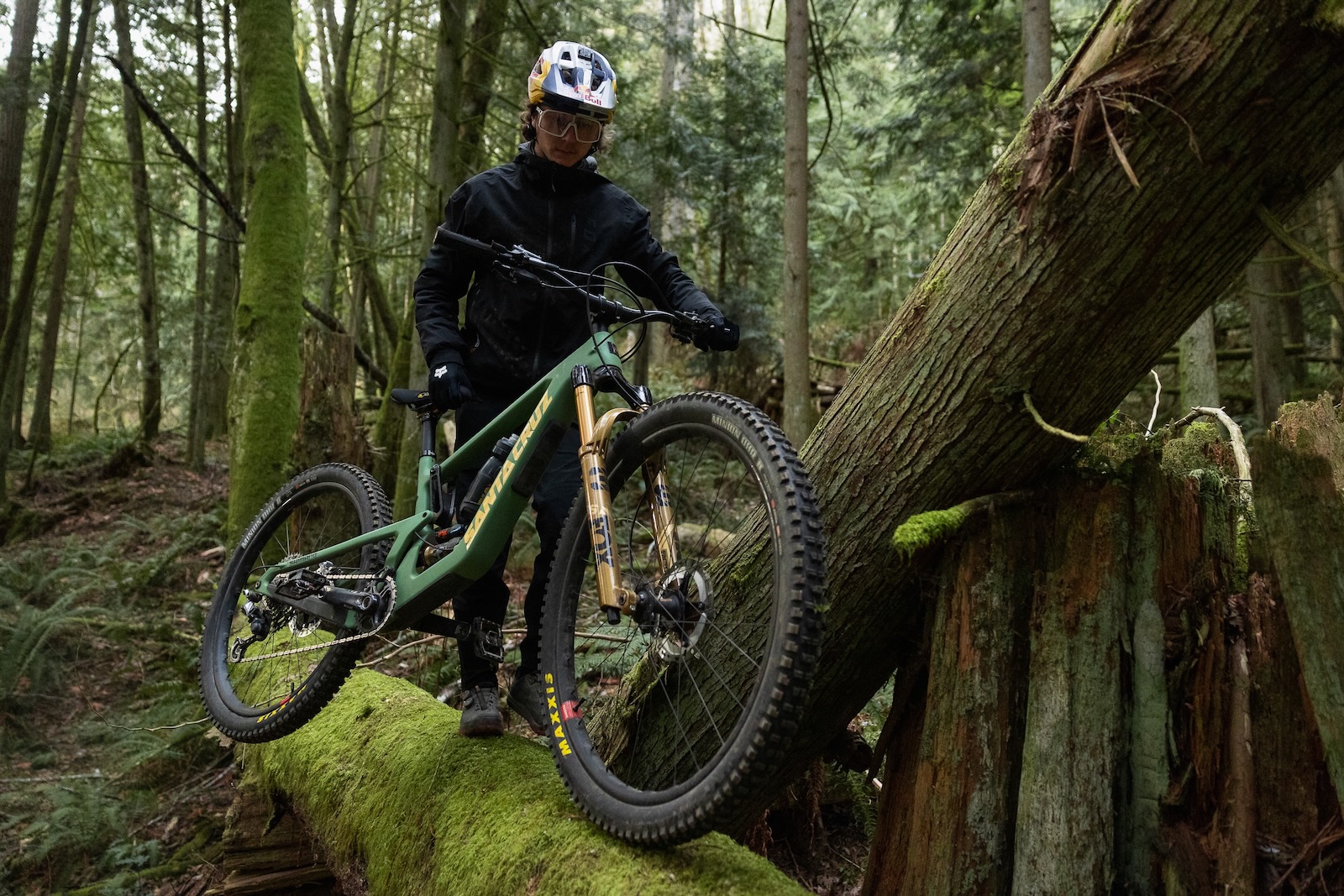Tested: Scott Contessa Spark 700RC
Scott is a brand that has pushed boundaries time and time again with the release of super-light bikes.
Scott is a brand that has pushed boundaries time and time again with the release of super-light bikes. Scott actually began as a winter-sports company over 50 years ago, engineering skiing poles in Idaho. From this beginning, Scott Sports has continually reinvented the wheel with their technological innovation. The 2003 release of the Genius (a model offered to this day, however, somewhat different from it’s 23 year old big brother) shook up the mountain bike world with its adjustable suspension; featuring open, lock-out and traction control.
The Scott Contessa women’s range has been around for years, since the days when I was on the bike shop floor selling Scott SUB street bikes and Contessa roadies. Back then, the women’s line topped out at alloy frames on the mountain bike – and you may just get an entry level Suntour fork and some Deore (if you were lucky). Times have changed, with the Contessa Spark RC giving the unisex offerings a run for their money with it’s IMP carbon mainframe, Fox suspension and XT drivetrain. The real question, however, is how does it ride? Is it worth dropping your hard earned dollars on a Contessa Spark instead of a Spark? What’s the difference anyway? For $5999 clams I was expecting a pretty sweet ride from the Contessa.
Initial Impressions of the Contessa
There are two schools of thought that have emerged in women’s bike manufacturing over the past few years; a women’s specific geometry vs unisex geometry featuring women’s specific contact points. Having done some research on the Contessa, it emerged that Scott is of the latter school of thought; offering the same geometry frame as the Spark, in a different colour and with women’s-specific contact points. Many other companies have employed the same thinking, with brands such as Yeti and Santa Cruz’s Juliana line proving that women will buy a bike even if it doesn’t have a specifically engineered women’s specific geometry (usually a shorter top tube).
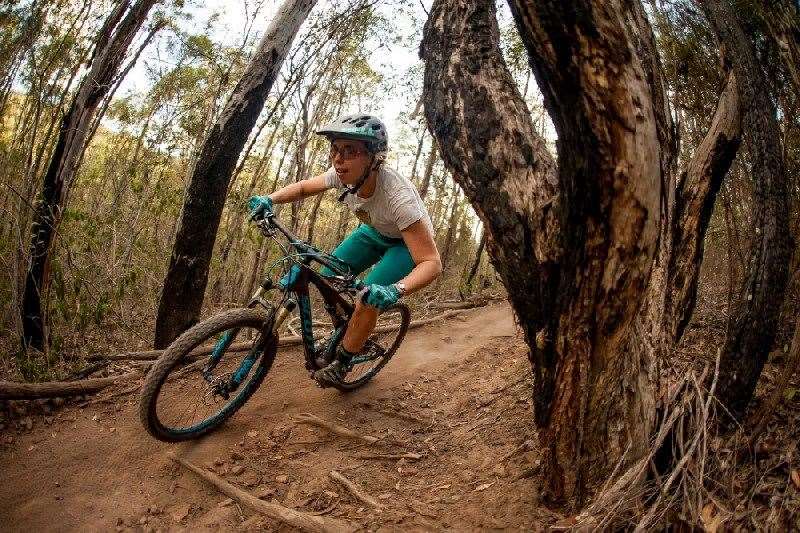
Upon picking the bike up, the first thing I noticed is how non-women’s specific it was aesthetically. Stealth black is always a pretty safe bet, but the Contessa has married up matte black with royal blue logos and subtle embellishments making for an inoffensive, sleek-looking frame. No pink. No sparkles. No calligraphic fonts; this itself is a win for the Contessa and women’s specific colour schemes. The women’s specific bits of the Contessa are the 700mm bars, thinner grips and women’s specific saddle, trimmed with blue to tie in the black’n’blue theme.
The Scott Contessa Spark RC 700 is a mouthful to say, which is kind-of analogous to the aesthetics of the complete bike; there sure is a lot going on. The IMP carbon mainframe is paired with an alloy swingarm, it features a 2×11 XT (36/26) drivetrain, Fox 32 fork with Fit4 cartridge and Fox Nude Rear shock. It all looks really good on paper, but the cockpit is like a Telstra convention with cables and housing galore – six in total.
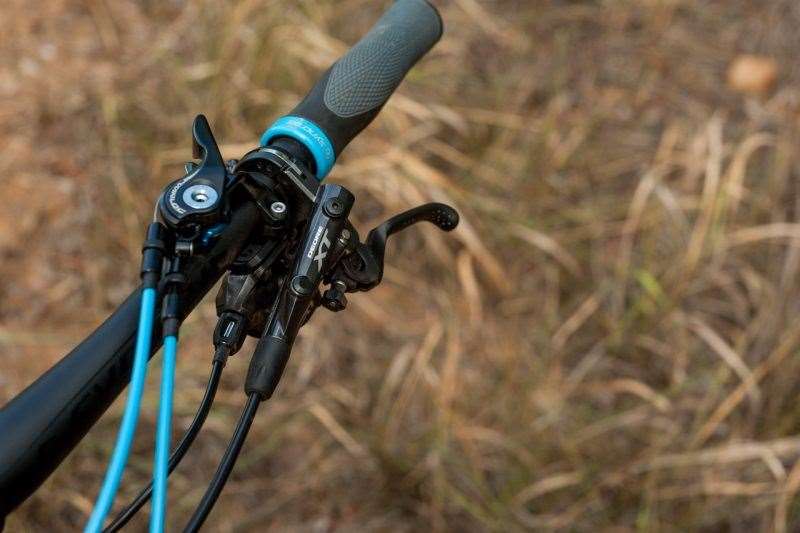 The TwinLoc is a winner.
The TwinLoc is a winner.The bike has some impressive features, after all, Scott is not a brand to rest on their laurels when it comes to innovation. The Twin-Loc suspension lockout (though now old technology, it was the first of its kind when released) and an adjustable bottom bracket to change the geometry are examples of Scott pushing the envelope. The adjustable bottom bracket height allows you to raise or lower the bottom bracket by 7mm, and slacken or steepen the head tube angle up by half a degree.
The 2×11 drive train will be at odds with some. The range would be useful in places like the Contessa’s homeland – but for most Australian mountain bikers the simplicity of a 1×11 group, and the range it has, will be enough. Coming from riding only 1×11 set-ups for several years the two-ring set us was just plain inconvenient. If a rider requires smaller gears with a 1×11 set up they can select a 28T front chain ring and together with a 27.5” wheel and 40T cassette, they could spin for days. Perhaps Scott’s European market is a driving force behind this; 2×10 and 2×11 drivetrains are still big in Europe. If you live near Mt Buller or somewhere with big hills and infrequent shuttles – you’ll probably enjoy the range. The unisex Spark models also feature a smattering of 2×11 drivetrains. That said, changing the XT M8000 set up to 1×11 is a matter of whipping a few bits off and replacing the two rings with your choice of a single ring size. Your Scott dealer will likely have you rolling out the door with what you need.
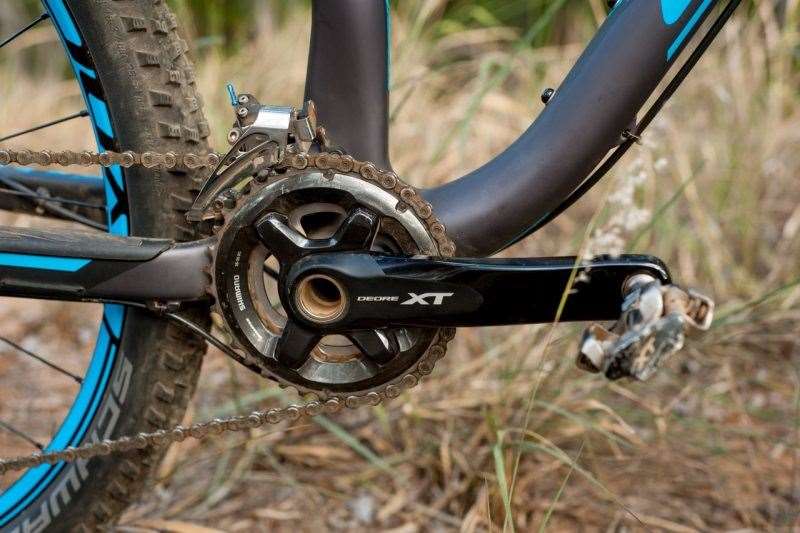 2x – not for everyone, but you can change it.
2x – not for everyone, but you can change it.The sizes offered for the Contessa are small, medium and large; and considering their unisex geometry this may see some women sized out of the Contessa. The small frame has a top-tube length of 570 (568 when using the high bottom bracket setting) which could see women under 5”5 struggle to fit on the Contessa. It should be noted that the unisex Spark is offered in both 29” and 27.5” wheel sizes, and the Spark 700 RC model features a full carbon frame and swing arm as well as XX1/XO drivetrain…with a single chain ring set up. This pushes the Scott Spark RC claimed weight to 9.9kg, whereas the Contessa Spark 700RC weighs in at 12.2kg. The Spark RC with upgrades to contact points might be a good choice for competitive riders. For more information on fit, sizing, geometry and spec, visit Scott’s website.
On The Trail
On the trail, the first thing I noticed was how aggressive the geometry was; the steep-ish 68.8 head angle is teed up with 120mm suspension up front which essentially is as if Scott beefed up a 100mm suspension rig with 70.8 head by popping a 120mm fork on it. The geometry, with an aggressive seat-tube angle and long and low geometry, just wants to go fast and is very nimble-handling; so much so that the 120mm suspension felt very lush and almost a little out of place. It wasn’t so long ago that 120mm suspension on a 26” bike was declared a trail or all mountain rig, with the Contessa it’s fallen into the cross-country category. Scott have long run longer travel on the Spark range – but it seems unlikely that Schurter would run 120mm on his bike – dropping the travel might be something to look at if you preferred a racier feel.

The aggressive geometry was advantageous when climbing; flick the Twin-Loc and the suspension is rock solid, you hop straight on top of the gear and climb like a rocket, far better than its weight would suggest. The action of the Twin-Loc is like a dream when compared to other dual lock-out systems on the market; flick it once for traction control which is excellent for singletrack climbing. Flick it again and it’s locked out in full; great for longer fire road or road climbs.
When descending in open mode the suspension was capable, but the geometry wasn’t inspiring great feats; it’s not a bike that begs to be hucked or launched into the air. Quite simply, the Contessa rides like a cross-country rig with 20mm more travel. It demands to be ridden hard with its wheels on the ground; in spite of its 120mm travel it’s not an overly forgiving bike. At times I felt like the suspension was a little wasted; it could be a lighter, more efficient bike with no cost to handling with 100mm suspension.

The bike really excels when pushed fast around tight and technical trails. It will launch off smaller drops and motor up obstacles if you ask it to, slicing though the trails with the precision of a surgeon. Like a surgeon, the margin for error on the Contessa is small despite the extra suspension.
The Schwalbe Rocket Ron EVO tyres are a fast option for hero-dirt and wetter trails, however weren’t particularly suited to the skittish pea gravel and loose blown out conditions on our local trails – especially given the thin sidewalls of the EVO line. If this was my bike I would swap these out for something more durable straight away if riding in loose sketchy and rocky trails.
The women’s specific components on the bike are worth a mention, after all they are essentially the parts that make it the Contessa Spark instead of the Spark. For me, the 700mm bars were perfect, the grips were very comfortable and I found no problems with the saddle.
Our Take
The Scott Contessa Spark 700RC was a bit of an enigma of a bike. For me, I want my cross-country bike to be fast and light; it needn’t be forgiving if the former qualities are present. Likewise, I expect a trail bike to carry more beef but also inspire a little more bravado. I feel like the Scott is in the middle of these, not entirely committing to either discipline; hedging it’s bets on part-time trail, part-time cross-country riding. Realistically, this is likely where most riders fall on the spectrum of riding, and hence the Contessa may suit riders who fall between red-blooded racers and full-on trail shredders. Thinking of who the bike would best suit came down to a cross-country trail rider who is not necessarily racing, but wants an efficient bike to climb and a little more give on the descents, or someone who is looking to enjoy some longer marathon races; the Twin-Loc would be perfectly suited to longer marathon events that feature stretches of bitumen or road. It could easily be put on a diet with a carbon cockpit and seatpost and by changing the drivetrain to…you guessed it, 1×11.

There are many good things about this bike, the beautiful carbon frame, the reliability of XT, plush Fox forks and a good crack at fitting women’s specific contact points. In the Contessa Spark 700RC, Scott has broadened the women’s specific market and if that gets more women contemplating riding trails then it can only be a good thing.
Three things you liked about the bike:
- Stealth black is always appreciated, and when not accented with hot pink it’s even better.
- Twinloc!
- Women’s specific control points were ace.
Three things you would change about the bike:
- Swap out 2×11 drivetrain for a single ring set-up.
- Schwalbe Rocket Ron EVO are too light.
- The cable situation is a little out of hand.
Photos: Robert Conroy

